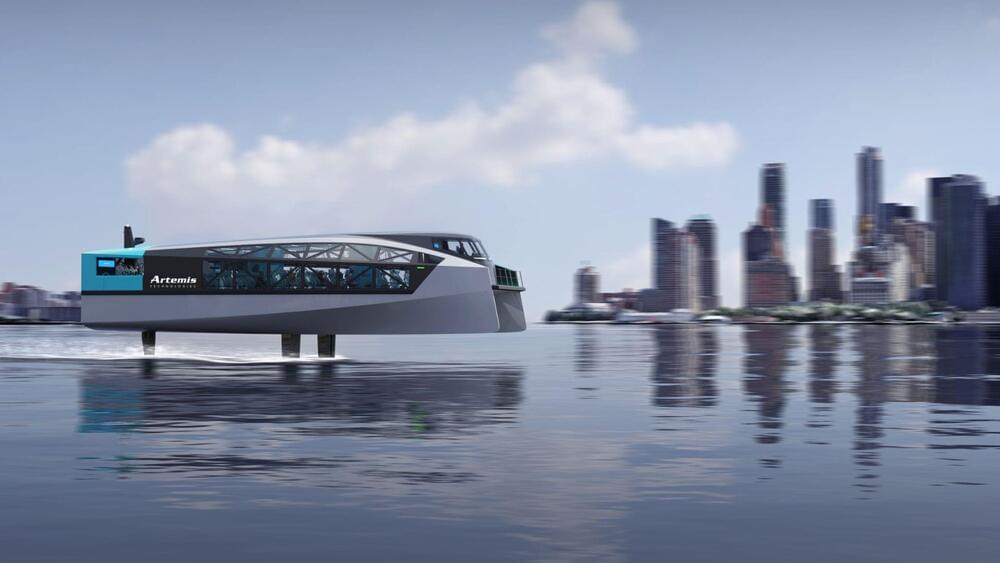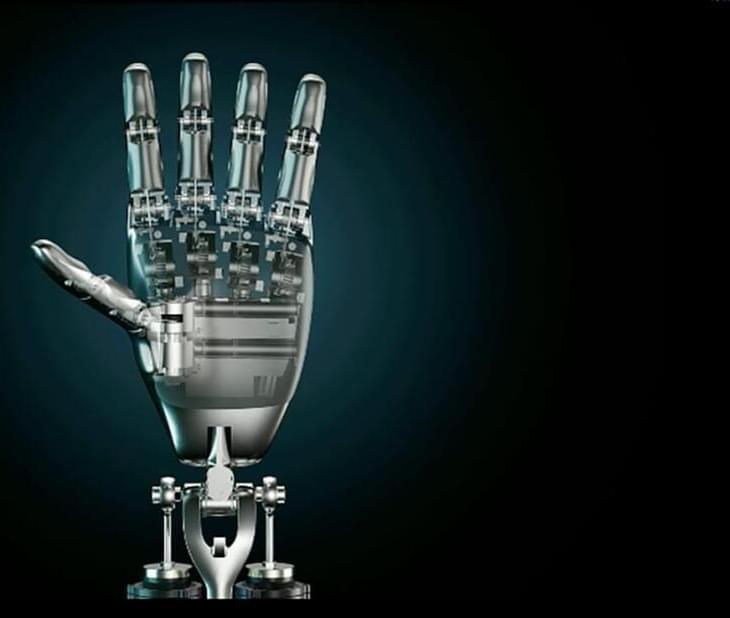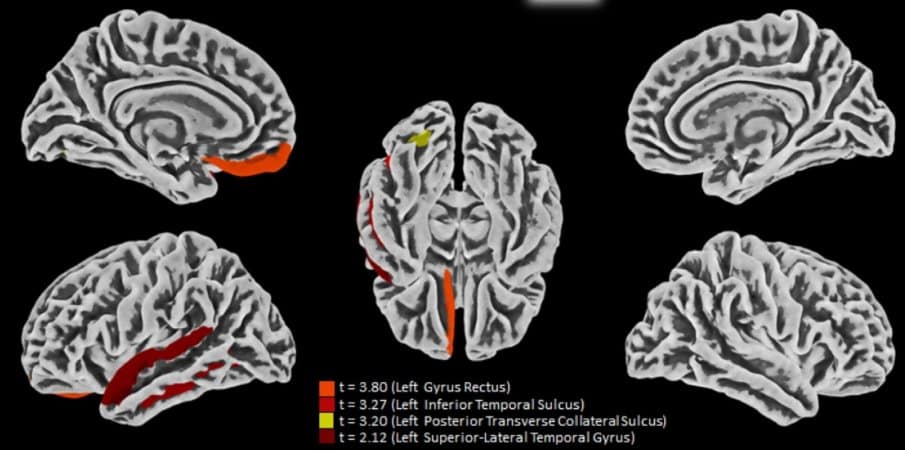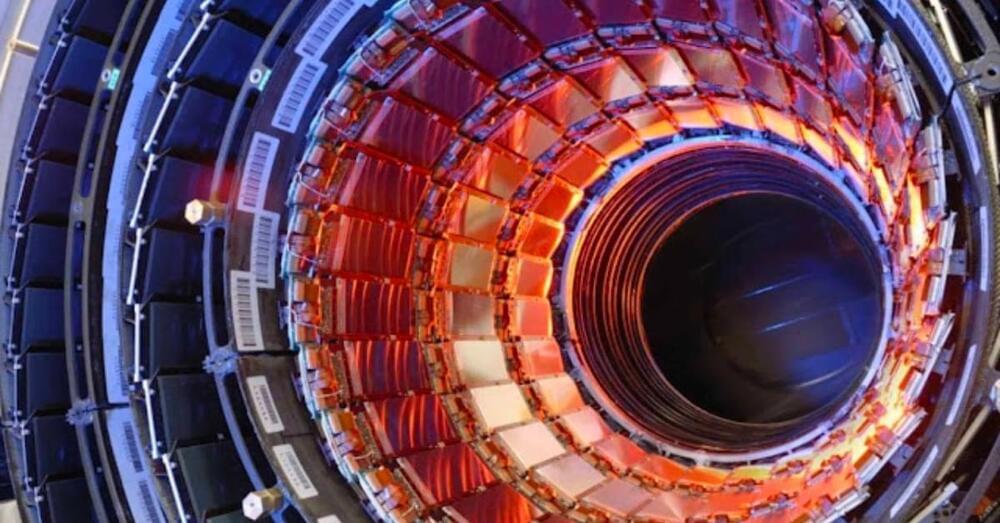The rocket managed to make to the orbit and deliver all three of its payloads.
There was much to celebrate on Saturday as Firefly Aerospace’s Alpha rocket successfully delivered a few tiny satellites to Earth orbit for the first time ever, according to an article by Space.com
Making orbit and delivering payloads
The rocket lifted off from California’s Vandenberg Space Force Base on October 1 at 3:01 a.m. EDT (12:01 a.m. local California time; 701 GMT) and managed to make to orbit and deliver all three of its payloads.







